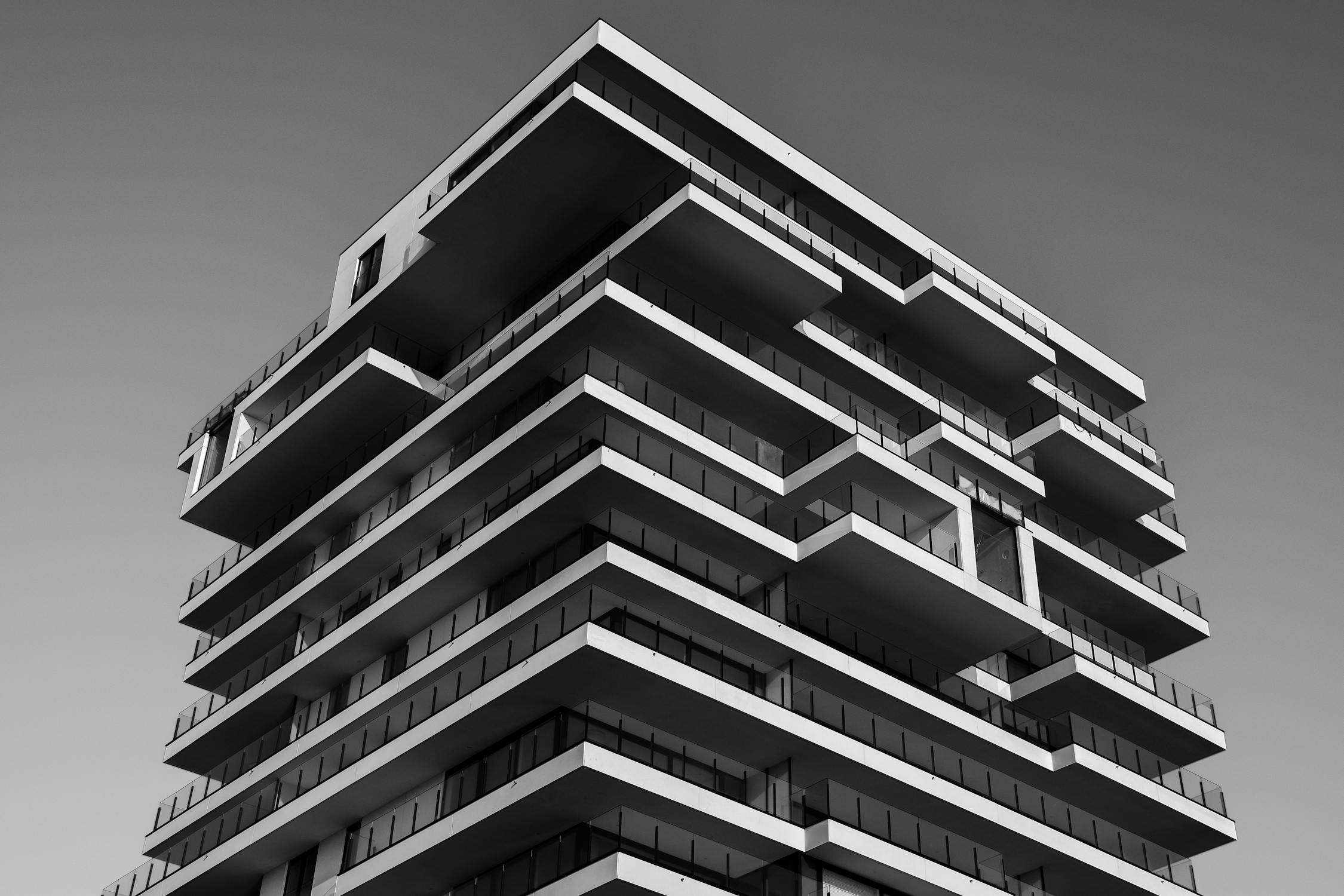Innovations in Sustainable Architecture
Innovations in sustainable architecture are reshaping the built environment, integrating advanced technologies and eco-friendly practices to minimize environmental impact. This field combines design ingenuity with a commitment to sustainability, aiming to create structures that are both aesthetically pleasing and environmentally responsible.

From energy-efficient buildings to green roofs and smart cities, sustainable architecture is at the forefront of addressing climate change and resource depletion.
Energy-Efficient Building Design
Energy efficiency is a cornerstone of sustainable architecture. Modern building designs incorporate a range of strategies to reduce energy consumption, such as improved insulation, passive solar design, and high-performance windows. These elements work together to minimize the need for artificial heating and cooling, significantly lowering energy costs and greenhouse gas emissions.
One prominent example is the Passive House standard, which originated in Germany. This rigorous, voluntary standard for energy efficiency in buildings results in ultra-low energy buildings that require little energy for space heating or cooling. According to the Passive House Institute (passivehouse.com), these buildings can achieve up to 90% reductions in heating and cooling energy usage compared to conventional buildings.
Additionally, advancements in building materials have led to the development of products like aerogel insulation and phase-change materials, which further enhance energy efficiency. Aerogel, often referred to as "frozen smoke," is an extremely lightweight material with excellent insulating properties. Phase-change materials absorb and release thermal energy during the process of melting and freezing, helping to regulate indoor temperatures.
Green Roofs and Vertical Gardens
Green roofs and vertical gardens are increasingly popular in urban areas, offering a host of environmental benefits. These living installations help reduce the urban heat island effect, improve air quality, and provide natural insulation for buildings. They also create habitats for wildlife and contribute to urban biodiversity.
Green roofs can be classified into two main types: extensive and intensive. Extensive green roofs have a shallow soil layer and are planted with drought-resistant vegetation like sedums. They require minimal maintenance and are primarily used for their environmental benefits. Intensive green roofs, on the other hand, have deeper soil layers that can support a wider variety of plants, including shrubs and small trees. These roofs often serve as recreational spaces for building occupants.
- Extensive Green Roofs: Low maintenance, drought-resistant plants
- Intensive Green Roofs: Deep soil layers, diverse plant species
Vertical gardens or green walls are another innovative solution that maximizes green space in densely populated areas. These structures can be installed on building exteriors or interiors, providing aesthetic appeal along with functional benefits like improved air quality and thermal regulation.
Smart Cities and Sustainable Urban Planning
The concept of smart cities integrates technology with urban planning to enhance sustainability and quality of life for residents. Smart cities use data-driven approaches to optimize resource use, reduce waste, and improve infrastructure efficiency.
Key components of smart cities include smart grids, intelligent transportation systems, and water management technologies. Smart grids enable real-time monitoring and management of energy use, reducing peak demand and facilitating the integration of renewable energy sources. Intelligent transportation systems use data analytics to optimize traffic flow, reduce congestion, and lower emissions.
Water management is another critical aspect of sustainable urban planning. Innovations like rainwater harvesting systems, greywater recycling, and permeable pavements help conserve water resources and reduce strain on municipal water supplies.
Sustainable Materials and Construction Practices
The choice of materials plays a significant role in sustainable architecture. Architects are increasingly selecting materials that have low environmental impact throughout their lifecycle—from extraction and production to disposal or recycling.
Bamboo is one such material gaining popularity due to its rapid growth rate and strength comparable to steel. It is used in various applications from structural elements to flooring. Similarly, reclaimed wood is favored for its ability to reduce deforestation while providing a unique aesthetic appeal.
| Material | Benefits | Applications |
|---|---|---|
| Bamboo | Rapid growth, strong as steel | Structural elements, flooring |
| Reclaimed Wood | Reduces deforestation | Furniture, interior finishes |
| Aerogel Insulation | Excellent insulating properties | Building insulation |
| Phase-Change Materials (PCMs) | Regulates indoor temperature | Building envelopes |
Renewable Energy in Sustainable Architecture
Sustainable architecture often incorporates renewable energy sources like solar panels, wind turbines, and geothermal systems to reduce reliance on fossil fuels. Solar panels convert sunlight into electricity or heat water for domestic use while wind turbines generate electricity through wind power.
Geothermal systems leverage the stable temperatures below Earth's surface to provide heating in winter and cooling in summer. These systems are highly efficient because they transfer heat rather than generating it through combustion processes.
The integration of renewable energy systems not only reduces carbon emissions but also lowers operating costs over time. Many governments offer incentives such as tax credits or rebates for installing renewable energy systems, making them more accessible to both homeowners and businesses.
The advancements in sustainable architecture demonstrate a growing commitment to environmental stewardship within the construction industry. Energy-efficient designs, green roofs, smart city concepts, sustainable materials, and renewable energy sources are all facets contributing to design, and architects are creating buildings that harmonize with nature while addressing pressing global challenges.